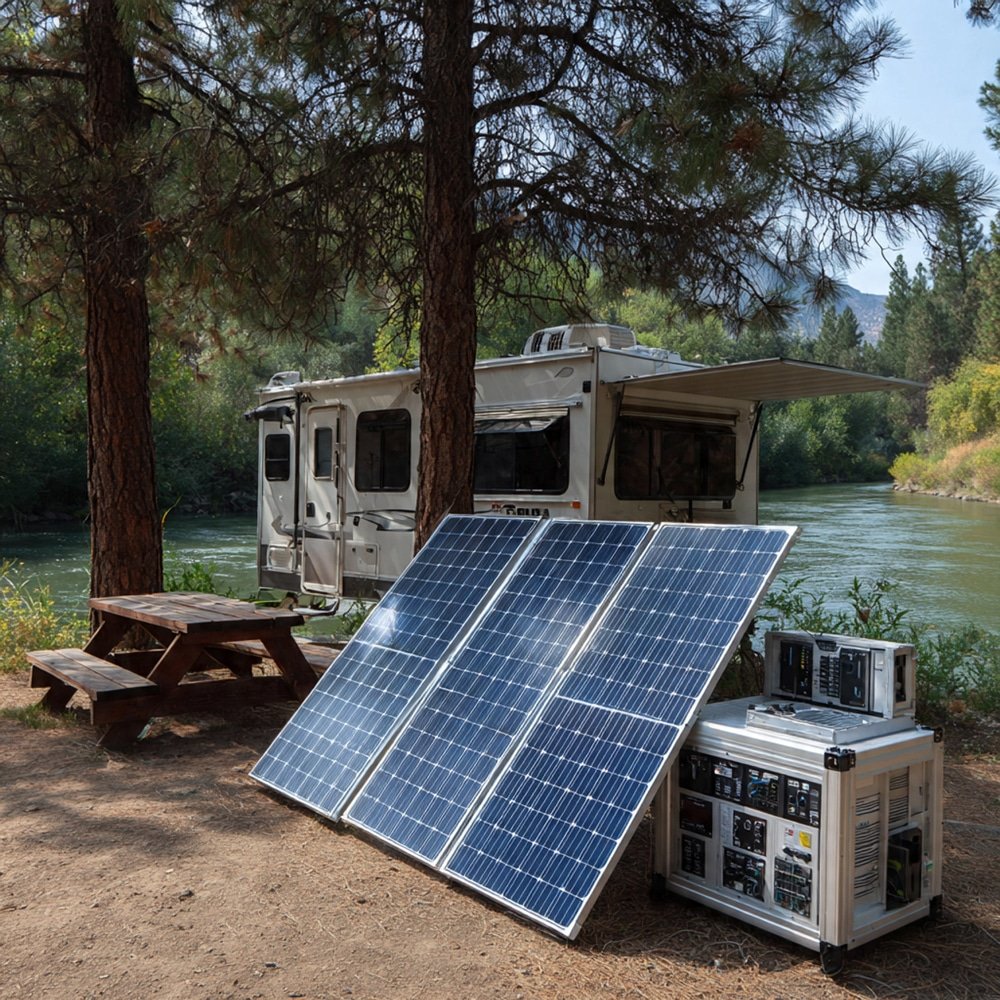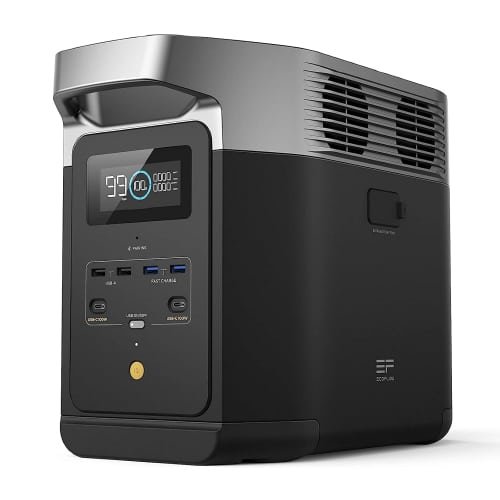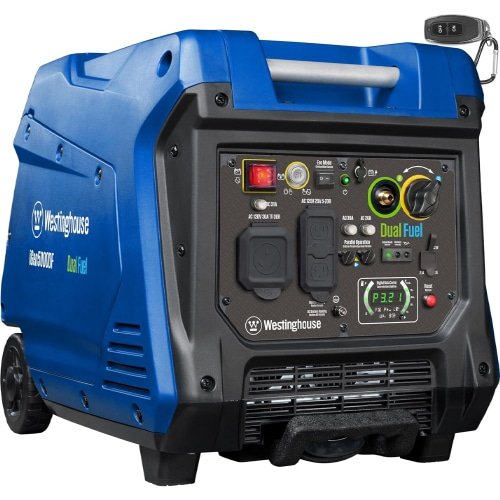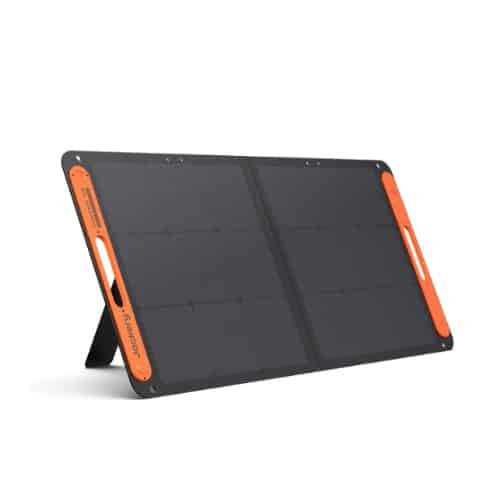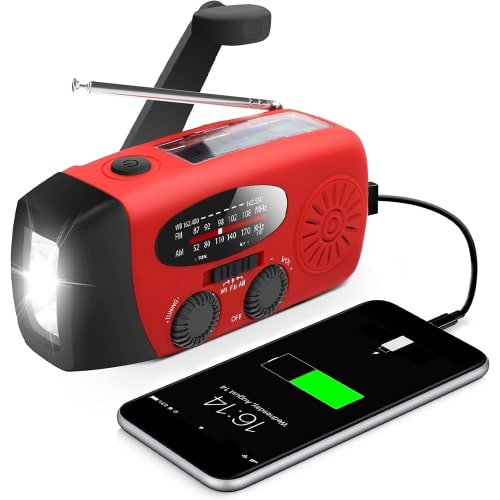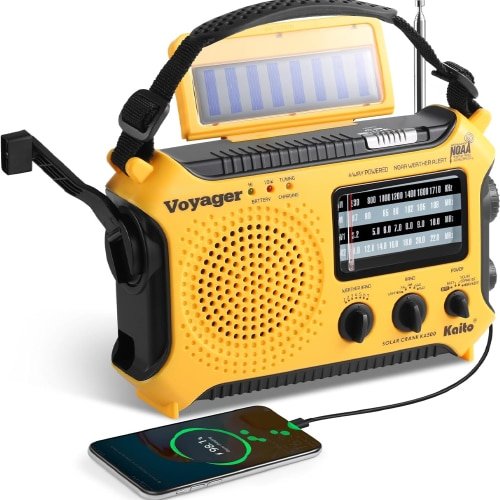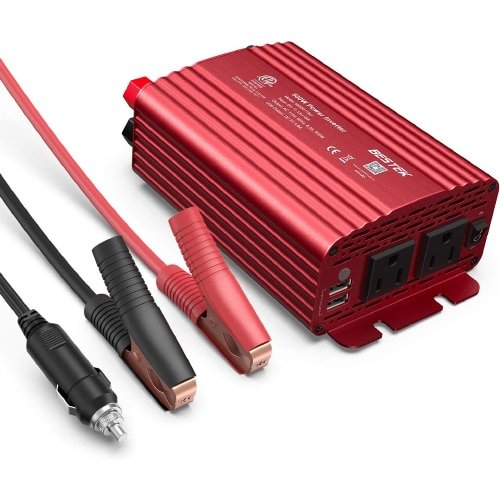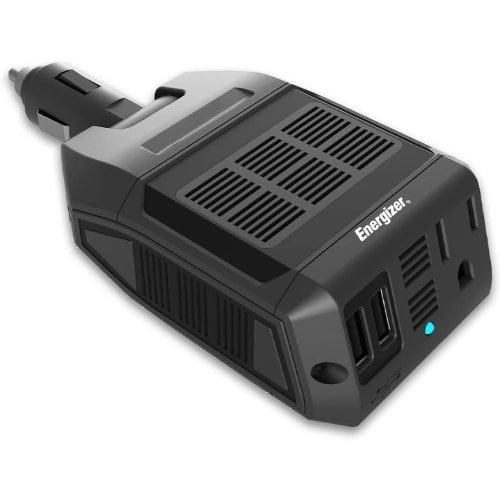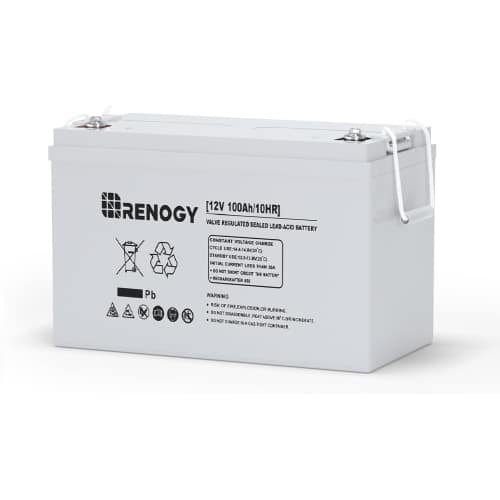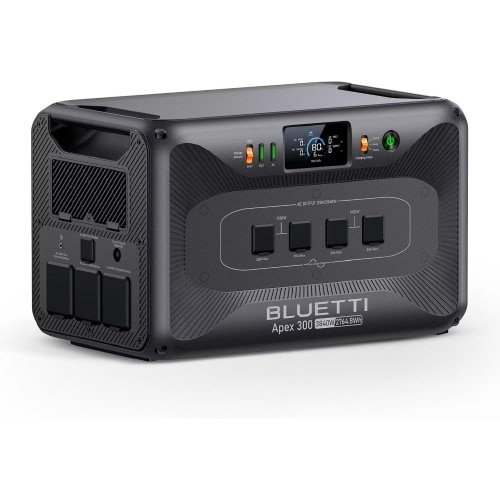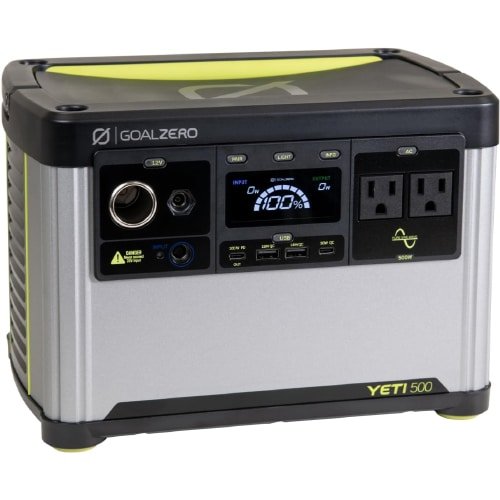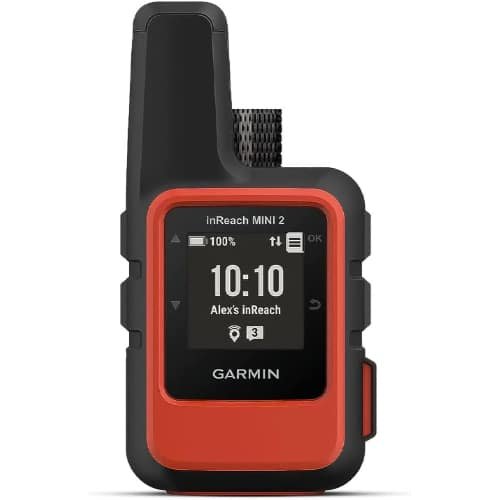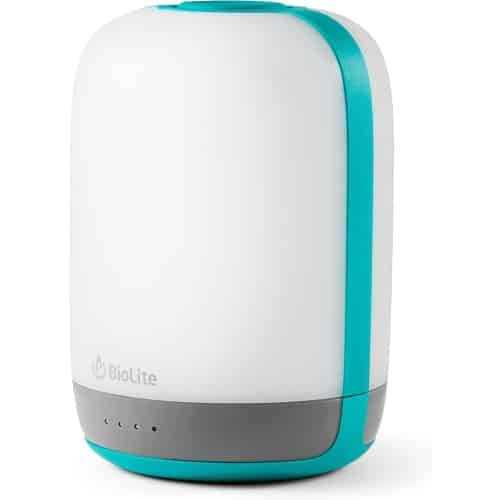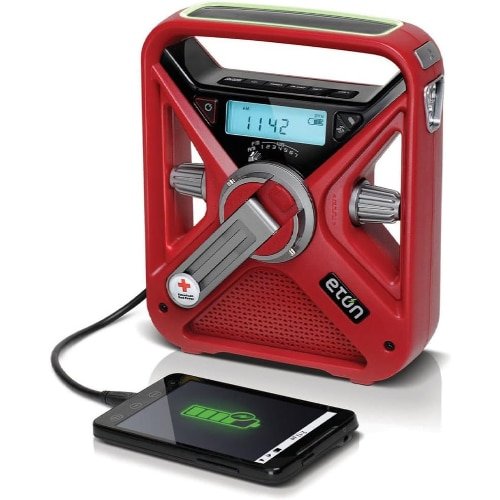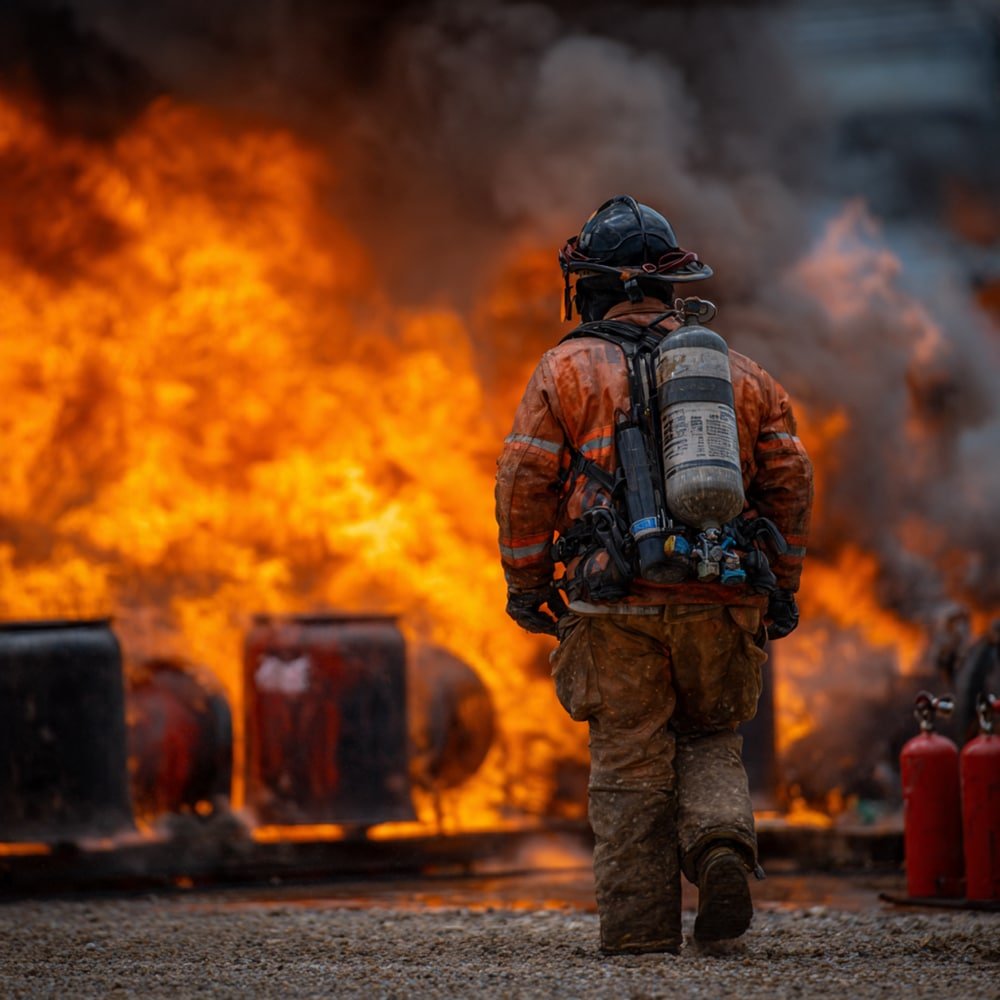There’s one sound that chills every prepper to the bone — silence. The kind that follows when the power goes out, the fridge hum stops, and your phone blinks into darkness. I’ve been through my fair share of blackouts — storms, grid failures, and one memorable summer outage that lasted three days. It taught me one unshakable truth: power equals survival.
From keeping food fresh and communication lines open to staying warm or cool, reliable backup power isn’t a luxury — it’s a lifeline. Today, I’m sharing my personal top backup power options that have actually worked for me — and the gear I trust to keep the lights (and everything else) on when the grid fails.
1. Portable Solar Generators — Clean, Quiet, Reliable
When it comes to long-term preparedness, solar generators are my top pick. They’re quiet, don’t require fuel, and can recharge during daylight hours. During one heatwave blackout, my Jackery Explorer 1000 kept my small fan, phone, and mini-fridge running for two full days.
Excellent for camping, emergencies, or home backup.
Fast charging and powerful enough to handle kitchen appliances.
2. Gas-Powered Generators — The Powerhouse Backup
If you live in storm country, a gas generator can be a lifesaver. I once used a Champion 4500-Watt Dual Fuel Generator after a typhoon — it ran my fridge, some lights, and even a portable AC. Just remember to store fuel safely and run it outdoors for ventilation.
3. Portable Power Banks — Small But Mighty
A few years back, during a 24-hour power loss, I realized how important portable chargers are. You can’t power your fridge, but keeping your phone alive for updates and maps is vital. I keep three in rotation now — fully charged and ready.
4. Solar Panels — Power From the Sun, Anywhere
Solar panels aren’t just for rooftops anymore. Folding, portable panels can charge your generator, battery, or phone while you’re off-grid. I’ve used them during camping trips and once during a long rural blackout — and they worked like a charm.
5. Hand-Crank Chargers — Power in a Pinch
These little devices don’t get enough credit. I keep one in my emergency bag for short-term power when everything else fails. A few minutes of cranking can get your phone or radio charged enough for vital communication.
6. Car Power Inverters — Turn Your Vehicle Into a Generator
One time, during a local grid failure, I powered my laptop and a light from my truck using an inverter — and it saved the day. These devices plug into your car battery or lighter and convert DC to AC power.
7. Battery Storage Systems — For Long-Term Home Resilience
For preppers who want to take it to the next level, battery walls and deep-cycle storage systems are gold. They store excess solar energy and automatically switch on during outages.
8. Power for Communication Devices — Stay Connected
Never underestimate communication in a crisis. I’ve used Goal Zero Yeti Power Station to keep my ham radio and satellite phone running when all else failed.
9. Emergency Lighting — Stay Safe After Dark
There’s something psychologically comforting about light during chaos. A few LED lanterns or solar lamps can boost morale and visibility when everything else is dark.
10. Wind-Up Flashlights & Radios — Power-Free Peace of Mind
I’ve used wind-up flashlights since my early prepping days. They never fail you, even after years. They’re great for bug-out bags and home kits alike.
Final Thoughts
Whether it’s a city blackout or a long-term grid failure, being prepared means staying powered. The right mix of solar, fuel, and manual energy sources can turn a crisis into a manageable situation. Start small — maybe with a power bank or crank radio — and build your system from there.
I’ve learned that true preparedness isn’t about fear; it’s about self-reliance, comfort, and peace of mind — even when the world goes dark.

